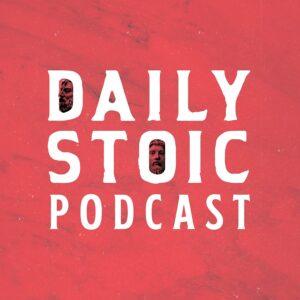
In this episode of Radiolab’s “Border Trilogy,” titled “Hold the Line,” the focus is on the transformation of the US border strategy and its consequences. The episode explores the story of Sylvester E. Ray, a Border Patrol chief who revolutionized border policing, and the impact of his approach on the border communities and migrants attempting to cross. It also delves into the alarming number of deaths in the desert and the ethical questions surrounding US border policies.
The episode explores the transformation of the US border strategy through the story of Sylvester E. Ray, who becomes a Border Patrol chief after a lawsuit victory. Ray’s upbringing on a farm with undocumented workers shapes his perspective, and he proposes “Operation Blockade” as a radical solution. The operation involves creating a human wall on the border, turning migrants back and causing them to go home. This shift in strategy from apprehension to turning migrants back leads to a decrease in petty crime and an initial increase in local support for the Border Patrol.
Janet Reno and Bill Clinton see the success of Operation Blockade as a potential solution to the California problem of illegal immigration. They develop a national border patrol strategy based on Reyes’ approach, aiming to disrupt traditional crossing places and push migrants towards extreme environments. However, the strategy results in a dramatic increase in deaths in the Sonoran Desert. The episode raises questions about responsibility and the US government’s knowledge of the potential consequences of their policies.
The episode delves into the debates surrounding immigration policies and the ethical implications of deterrence. Migrants face dangers such as robbery, kidnapping, and extortion on their journey to the US border. The US government’s policies knowingly put people in harm’s way, with a policy document indicating that increased deaths in treacherous areas are seen as a sign of successful deterrence. The current immigration system is caught between enforcing border security and addressing the costs and ethical implications of illegal immigration.
“Hold the Line” highlights the transformation of the US border strategy and its impact on border communities and migrants. It raises important questions about the ethical implications of deterrence policies and the responsibility of the US government in the increasing number of deaths in the desert. The episode emphasizes the need for comprehensive immigration reform that considers the safety of migrants and aligns with American values.